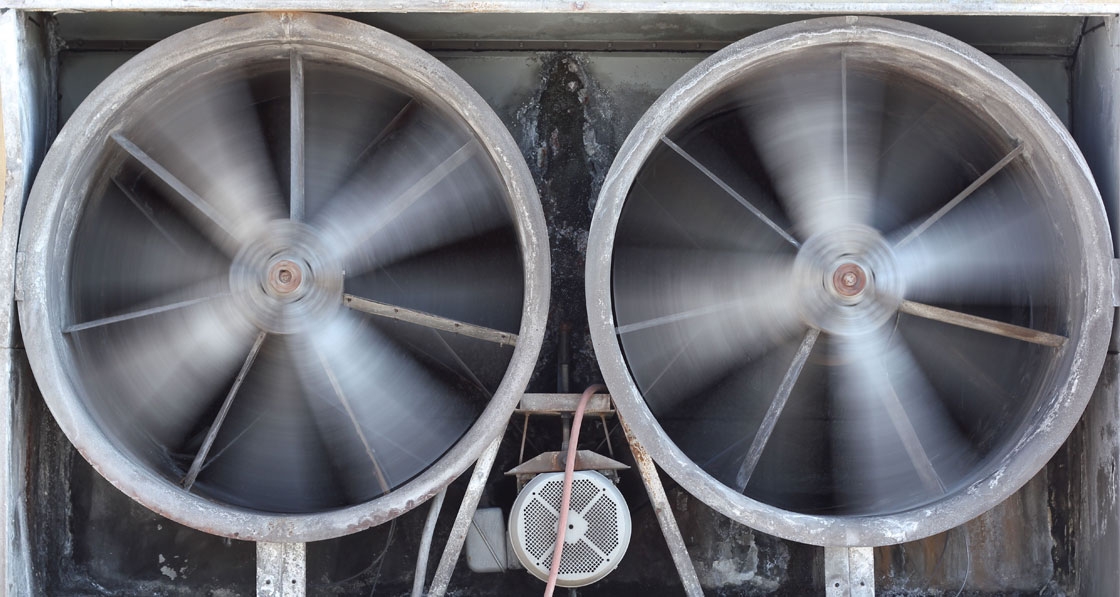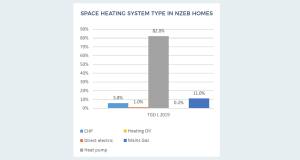
- Help desk
- Posted
How to prepare to deliver nearly zero energy buildings
In the second instalment of this column, architect and DIT lecturer Simon McGuinness outlines the key priorities for the industry to learn in order to deliver successful ultra low energy buildings in 2017 and beyond.
This article was originally published in issue 19 of Passive House Plus magazine. Want immediate access to all back issues and exclusive extra content? Click here to subscribe for as little as €10, or click here to receive the next issue free of charge
What skills do you need to implement the European nearly zero energy building (NZEB) standard successfully? The operative word in this question is “successfully”. NZEB is easy to get wrong. As the EU commission envisions it, NZEB is a radical leap forward in how we build and measure buildings. In some respects, it is a leap into the dark. We have discovered, and are still discovering, gaps in our knowledge: the so-called “known unknowns”. No doubt these will expand in the future as we discover “unknown unknowns” along the way. So far, what we are fairly sure about is that there are eight key skills required to deliver NZEB, successfully:
Selected project details
1 Geometry / form factor optimisation
2 Overheating potential assessment
3 Condensation risk analysis
4 Cost optimality evaluation
5 Thermal bridge calculation
6 Ventilation design and implementation
7 Airtightness design and installation
8 U-value & building heat loss calculation
I have listed these in order of my current estimation of their acceptance in the construction industry from least understood to best understood.
Training schemes are available in most European countries in the lower two skills, with good ventilation design still something of a “Cinderella” industry in many countries. Anything above these basic skills is generally regarded as of academic interest only. Or could be categorised as “unknown”.
This is a serious strategic mistake as the list is also very approximately organised in terms of likely cost impact on a lifecycle basis. The higher up the list you go, I would argue, the greater the potential societal cost of getting this aspect of NZEB wrong.
On a cost-benefit basis, we should be starting near the top of the list and working down; we seem to be doing the opposite. That is because we are focused on the things we know we can do now, rather than the things we most need to do.
Nor can we afford to work our way up the list incrementally, gradually expanding our knowledge along the way. This gets us into the difficulty illustrated in several recent UK studies, predicting increasing respiratory disease in the population as a result of mould growth due to our primary focus on heat loss. Thus, human health suffers and we have to fix humans as well as fixing mouldy buildings.
Similarly, had we solved the thermal bridge issues, we may not have needed quite so much insulation in the first place. Or if we assessed the interstitial condensation correctly, we would not in future have to replace the rotting timbers that the ill-considered application of internal insulation may produce, nor treat the occupants for their respiratory diseases1. And, if we solve the complex overheating equations before we do any of the other measures, we may avoid a future epidemic of air conditioning retrofits prescribed by medics to prevent excessive summer deaths during increasingly frequent heat waves. Needless to say, adding air conditioning has the potential to undo much of the heating efficiency gains claimed on the way up the incremental ladder. Is this yet another “unknown unknown” or an eminently predictable reality? Either way, it is expensive to fix after the event, but easy to avoid with foresight and a suitable spreadsheet.
You may be wondering about geometry. This is top of the list for one reason: it’s free. There is no more impactful low-cost measure than avoiding heat losses (or gains) by having an efficient envelope shape. Studies carried out at DIT indicate that 30% of fabric heat loss can be eliminated by simplifying the building shape2. This may require a new architecture if, as architects claim, form follows function; an architecture fit for the Anthropocene3.
This is traditionally a good time of year to take stock and plan for the future, make new year resolutions, promise to do better, to be better. What I have outlined above is the biggest peace-time upskilling of an industry ever contemplated. All of this needs to happen in an industry notorious for its inability to attract or retain skilled labour4, an industry characterised by short-term employment, bogus self-employment and repeating catastrophic financial collapses.
If that were not enough of an obstacle to upskilling, the industry is on the cusp of digitisation. Digital technologies will cause as much disruption of the construction industry as the MP3 digital format did in the music industry. In that case, global revenues halved5 leading to widespread bankruptcies. Start-stop policies from governments6, more, or increasing, less convinced of climate change, are relatively insignificant given the background turmoil. Now would be a good time to plan for acquiring some new qualifications in both NZEB and the brave new world of digital construction. Happy new year.
4 Farmer, M. (2016). Review of the UK Construction Labour Model, UK Government
5 Smirke, Richard (March 30, 2011). “IFPI 2011 Report: Global Recorded Music Sales Fall 8.4%; Eminem, Lady Gaga Top Int’l Sellers”. Billboard Magazine. Retrieved July 18, 2012.
6 Government kills off flagship green deal for home insulation, UK Guardian, Thursday 23 July 2015.
Want to ask Simon a question? Email This email address is being protected from spambots. You need JavaScript enabled to view it.




